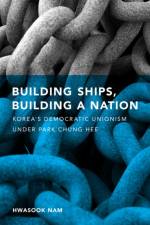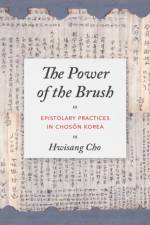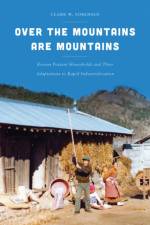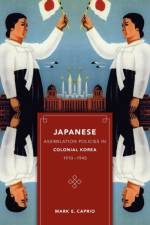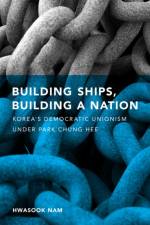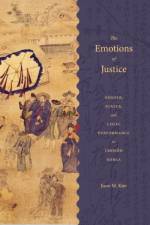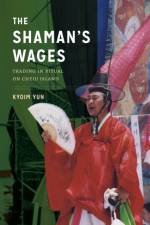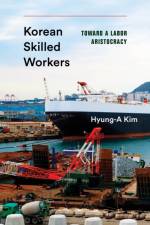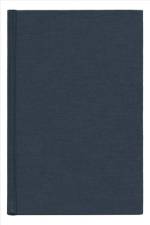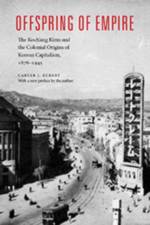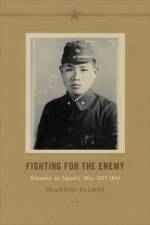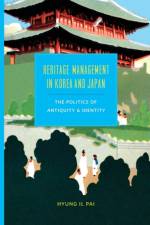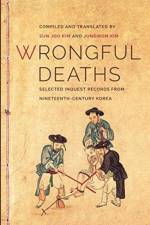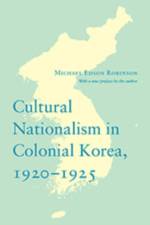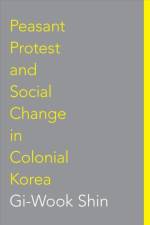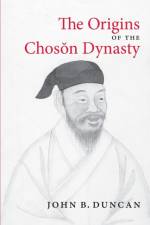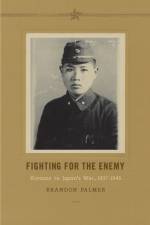- Elite Graffiti in Premodern Korea
av Maya K. H. Stiller
847
North Koreäs K¿mgangsan is one of Asiäs most celebrated sacred mountain ranges, comparable in fame to Mount Tai in China and Mount Fuji in Japan. Carving Status at K¿mgangsan marks a paradigm shift in the research about East Asian mountains by introducing an entirely new field: autographic rock graffiti. The book details how late Chos¿n (ca. 1600¿1900 CE) Korean elite travelers used K¿mgangsan to demonstrate their high social status by carving inscriptions, naming sites, and joining the literary pedigree of visitors to renowned locales. Such travel practices show how social competition emerged in the spatial context of a landscape. Hence, Carving Status at K¿mgangsan argues for an expansion of accepted historical narratives on travel and mountain space in premodern East Asia. Rather than interpreting pilgrimage routes as exclusively religious or tourist, in K¿mgangsan¿s case they were also an important site of collective memory.A journey to K¿mgangsan to view and contribute to its sites of memory was an endeavor that late Chos¿n Koreans hoped to achieve in their lives. Based on multidisciplinary research drawing on literary writings, court records, gazetteers, maps, songs, calligraphy, and paintings, Carving Status at K¿mgangsan is the first historical study of this practice. It will appeal to scholars in fields ranging from East Asian history, literature, and geography, to pilgrimage studies and art history.*Winner of the 2022 Patricia Buckley Ebrey Prize for a distinguished book on the history of China proper, Vietnam, Chinese Central Asia, Mongolia, Manchuria, Korea, or Japan, prior to 1800, sponsored by the American Historical Association



